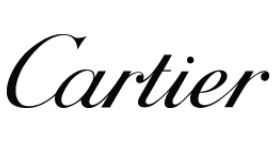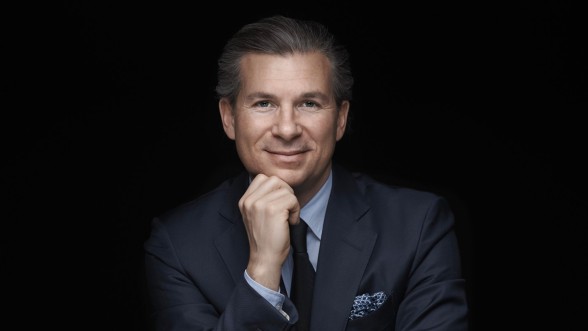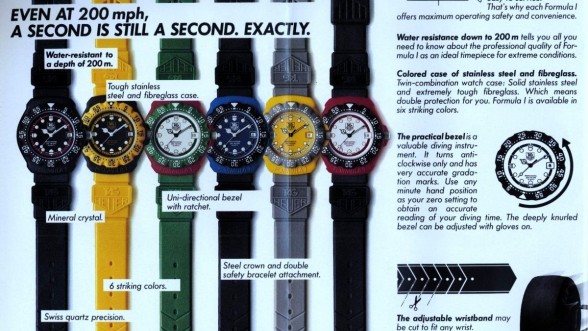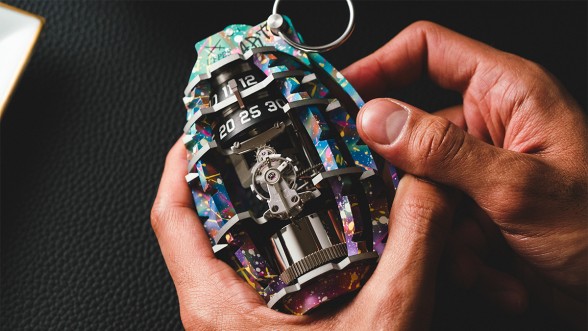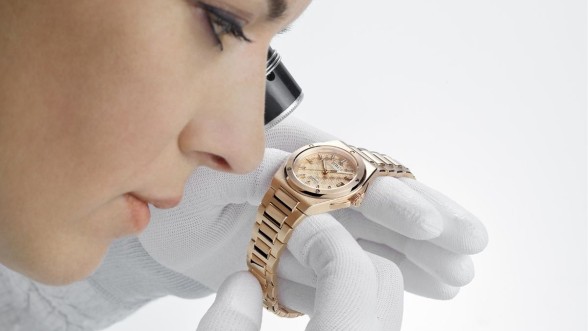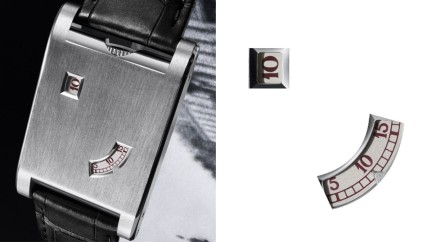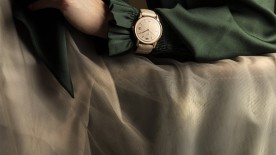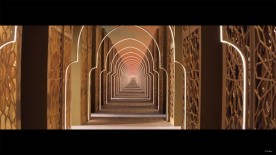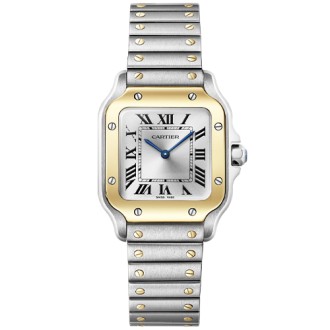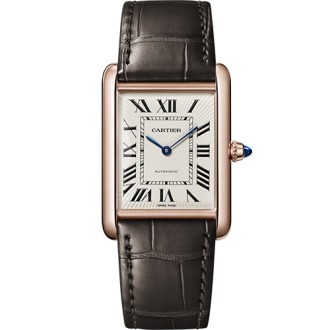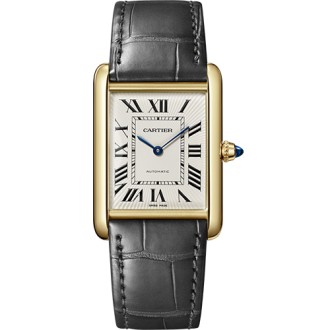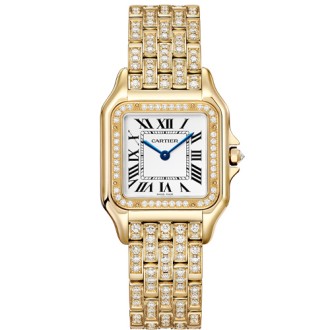Cartier
When in 1847 Louis-François Cartier took over the jeweller's workshop where he had served his apprenticeship in Paris, it did not take long for it to become a benchmark for French jewellery watchmaking.
The greatest royal palaces in Europe helped to enshrine this success. In 1856, Princess Mathilde, niece of Napoleon Bonaparte, purchased her first timepiece. A few years later, Empress Eugenie became a client. The first ladies' jewelled watch appeared in 1888, in the same spirit of imperial luxury.
Thirty years later, Louis-François Cartier put his son Alfred in charge of the firm. On the strength of its success, in 1899 the firm moved to its now legendary address at 13 rue de la Paix in Paris.
At the turn of the nineteenth century, Alfred Cartier decided to develop the firm's international business. Each of his sons was put in charge of a different area: Louis looked after Paris, Pierre had New York and Jacques, London.
Very soon, the English store attracted the attention of the royal family: the Prince of Wales ordered 27 diadems from the jeweller for his coronation in 1902. Two years later, Jacques Cartier was appointed as the court's official jeweller; the courts of Spain, Portugal, Russia, Belgium and many more were to follow suit.
In 1902, Louis Cartier created a watch for his friend Santos Dumont, a Brazilian pilot. The watch was designed to be worn on the wrist with a leather strap. It was marketed in 1911 and became an iconic reference for the Maison.
1906 was a prosperous year: a second store was opened in London, as well as a branch on New York's prestigious Fifth Avenue. In watchmaking, Cartier created the first Tonneau wristwatch, and filed patent for the foldover catch for wristwatches.
Five years later, a new watch was created: the Tank, which was to become the brand's icon.
In 1999, Cartier became a part of the Richemont Group. Two years later, the Firm opened its own Manufacture at La Chaux-de-Fonds, where it had had operations since 1972.
From then on, this unique site was home to all the stages of a Cartier watch from design to manufacture. It was from these workshops that the Firm's Fine Watches were henceforth to emerge, of which the first was the Ballon Bleu flying tourbillon.
Fine Watchmaking now occupies the predominant position in Cartier, with the regular presentation of grand complications displaying the Firm's fine expertise in watchmaking art: chronographs, quantième perpétuel, flying tourbillon, and exclusive complications such as the Astrotourbillon, including some references with the famous Geneva Seal.
